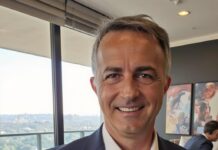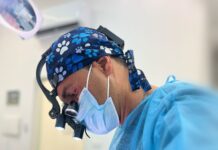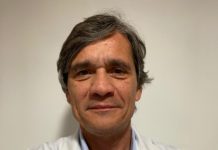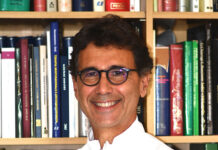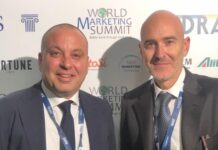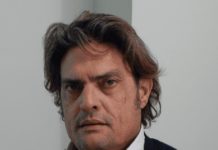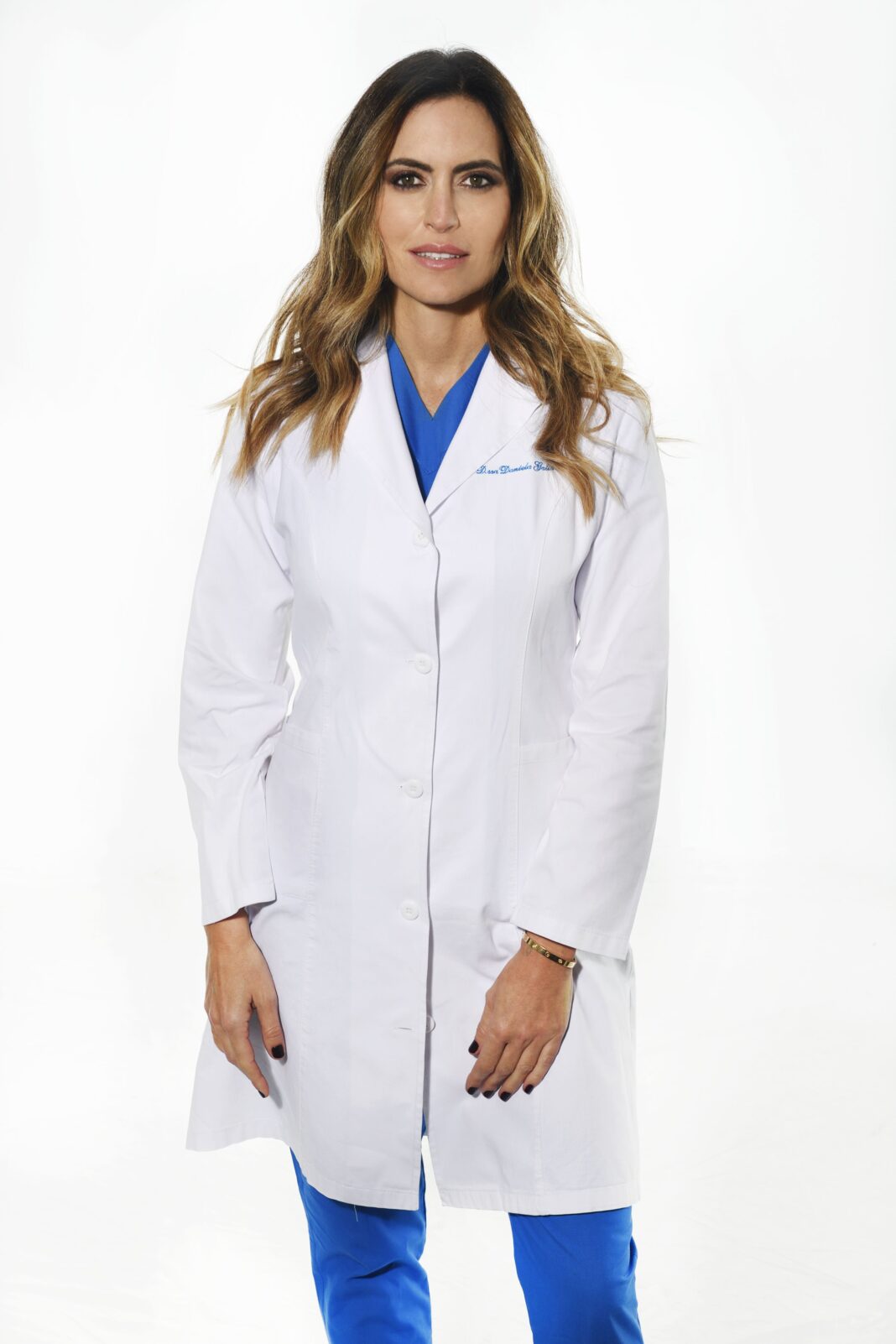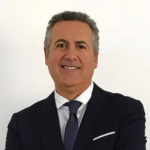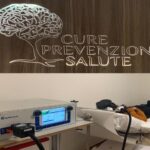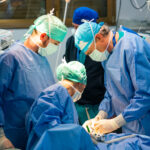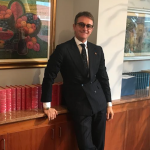The increase in the number of cases of infertility due to reduced ovarian reserve has stimulated experts in Reproductive Medicine to investigate new techniques and approaches to deal with these problems. Ovarian rejuvenation is now an experimental therapeutic alternative for women who have difficulty conceiving due to early menopause, advanced age and low ovarian reserve. Talking to us about the latest frontiers in the field is Dr. Daniela Galliano, gynaecologist and expert in Reproductive Medicine, director of the IVI centre in Rome, an excellence on the national and international health scene which, since 1990 (the year of its foundation) to date, has contributed to the birth of more than 250,000 children thanks to the constant innovation and implementation of the most innovative assisted reproduction treatments.
by Roberta Imbimbo
Dr Galliano, what does ovarian rejuvenation consist of and how does it work?
Ovarian rejuvenation is a therapeutic alternative for women who have a reduced ovarian reserve and therefore have decreased fertility due to age, to try to achieve pregnancy with their own oocytes as part of a Medically Assisted Reproduction pathway. Ovarian rejuvenation encompasses all techniques that aim to reactivate stem cells and dormant follicles in the ovary, and consists of restoring ovarian function by injecting plasma enriched with growth factors into each ovary, based on the principle of Regenerative Medicine whose aim is to restore the ‘biological environment’, imitating and accelerating the body’s own regeneration processes.
Is a targeted therapeutic strategy possible in cases of infertility?
Ovarian rejuvenation is an experimental and innovative therapeutic strategy used in cases where the couple’s difficulties in conceiving are caused by low ovarian reserve due to age or surgery required, e.g. to treat endometriosis. It is therefore proposed as an alternative to increase the chances of success of treatment with the woman’s own ova. Although research in this field is still recent, we nevertheless think that this treatment is particularly safe and effective; of course, it will be the practitioner who will propose a highly personalised treatment pathway based on the clinical picture of the individual patient.

What is your treatment approach in this regard?
The procedure we currently propose at our IVI clinic in Rome – IVI Regenerate Ovary – essentially consists of injecting plasma rich in growth factors (PRP) into the woman’s ovary. The procedure involves taking a blood sample, which will then be processed and subjected to an activation process to provoke the secretion of growth and regeneration factors by the platelets; the PRP is then injected into the woman’s ovary to stimulate its reactivation. Based on our experience so far, we have observed that in about 2-3 months we can have important information on the effectiveness of the treatment in the patient. I would like to emphasise that in most cases we will not see an exponential increase in the ovarian reserve, but a sufficient increase to be able to obtain a greater number of eggs and be able to carry out autologous IVF treatment.
What are the strengths of your centre?
The heterogeneity of the patients who come to our Centre has provided the impetus for research aimed at developing new strategies to address the problems associated with treating this type of patient and to make all possible procreation options available. We are pleased to make available the experience of IVI professionals in the management of highly complex reproductive cases, along with the constant research work, which has allowed the development and implementation of the most advanced techniques, such as ovarian rejuvenation, but the potential of reproductive medicine is still so great.


